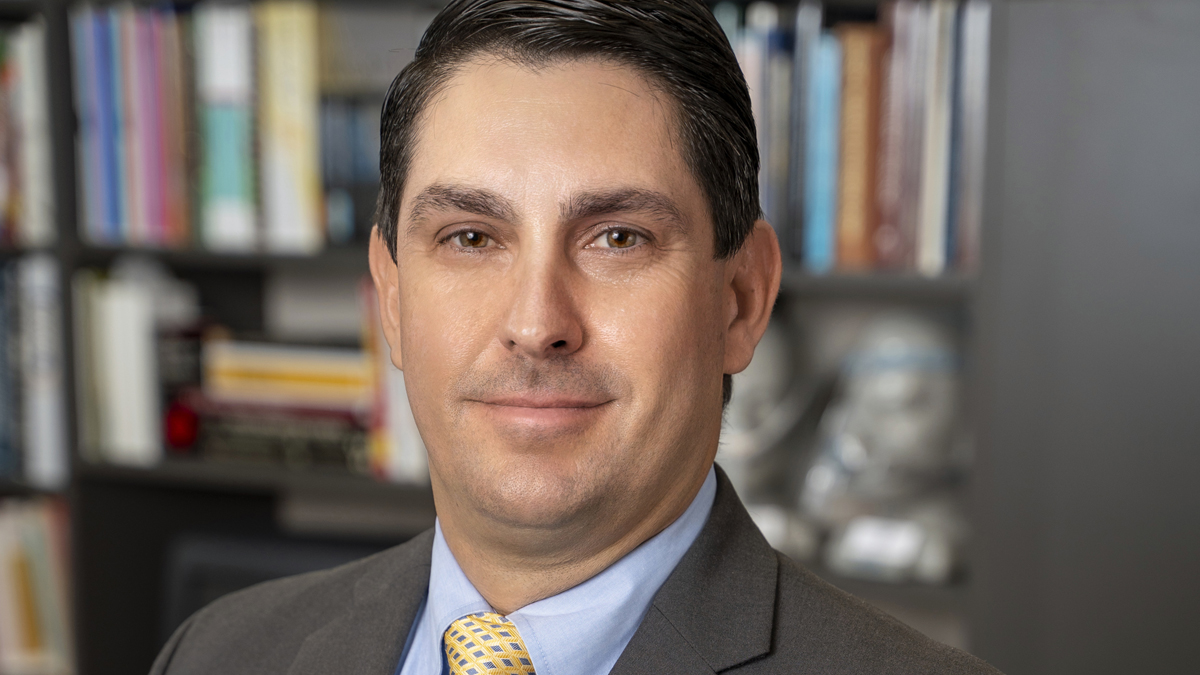We are experiencing a health epidemic – an avoidable one at that. Diabetes is categorized as a group of metabolic diseases in which the body either does not respond to insulin or simply doesn’t produce enough insulin. There are different types of diabetes, and all of them impact glucose levels.Type 2 diabetes is typically an adult issue and often is the result of poor lifestyle and behavior choices. Dr. H. Merrill Matschke with Better Life Carolinas said he fears that this epidemic is being diagnosed earlier in life – even in children as young as 10 years old.
“Yes, I’ve seen type 2 diabetes more and more in children. I would partially attribute this to the sedentary lifestyle that so many of us live today,” he said.
Dr. Matschke stated that there are two factors that contribute to type 2 diabetes: poor nutrition regimen and lack of exercise.
“The way the world works today is vastly different than decades past – we are all so busy. We don’t take the time to enjoy the outdoors, work out or make a healthy meal. We are always on the go,” said Dr. Matschke.
Type 2 diabetes, which used to be known as adult onset diabetes, is directly related to lifestyle choices. Unfortunately, more adolescents and children are being diagnosed with type 2 diabetes rather than type 1, which is an autoimmune reaction when the pancreas stops making insulin.
“Twenty years ago, 3 percent of diabetes cases presented in young people as type 2, but now that rate has gone up to 50 percent,” Dr. Matschke stated. “We are just putting too much sugar in our system through processed food and drink. Easily accessible soft drinks and juices all increase blood sugar and negatively impact insulin and glucose balance; this leads to type 2 diabetes.”
The good news with type 2 diabetes versus type 1 is that type 2 is reversible.
“Start exercising and change your diet,“ Dr. Matschke urged. “It really is that simple.”
Dr. Matschke stated that the diagnoses of type 2 diabetes has been steadily increasing for the last couple of decades but that he has observed a spike in the last five years in particular.
“We make the wrong choices when we don’t have the time to eat healthy, and the bad stuff is easier to get,” he said.
Dr. Matschke recognizes the challenges young people – and adults, for that matter – face today: “So many healthy options are more expensive. Many people want to eat healthier but cannot afford it, so instead they buy the pre-made, processed options that are less expensive.”
He went on to say that the way people are constantly on the move suggests that they do not make exercise a priority.
“People just don’t take the time to get a workout in,” he said.
Dr. Matschke also blames our sedentary lifestyles on the explosion of the digital world and how people just can’t unplug.
“It’s all a time waster,” he said. “If people were online a little less, they might have more time to prioritize a workout or make a healthy meal.”
At Better Life Carolinas, they like to keep it simple: “We assess your eating habits, exercise tendencies and hormone imbalances,” Dr. Matschke said.
He added that they aren’t necessarily trying to increase life span.
“We believe that people should have a great quality of life while they are living, so we are trying to increase how productive their life is today,” he said. “In our opinion, we call it a health span, not a life span. We look at how long people can live while being healthy, not just how long they can live.”







